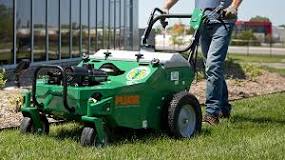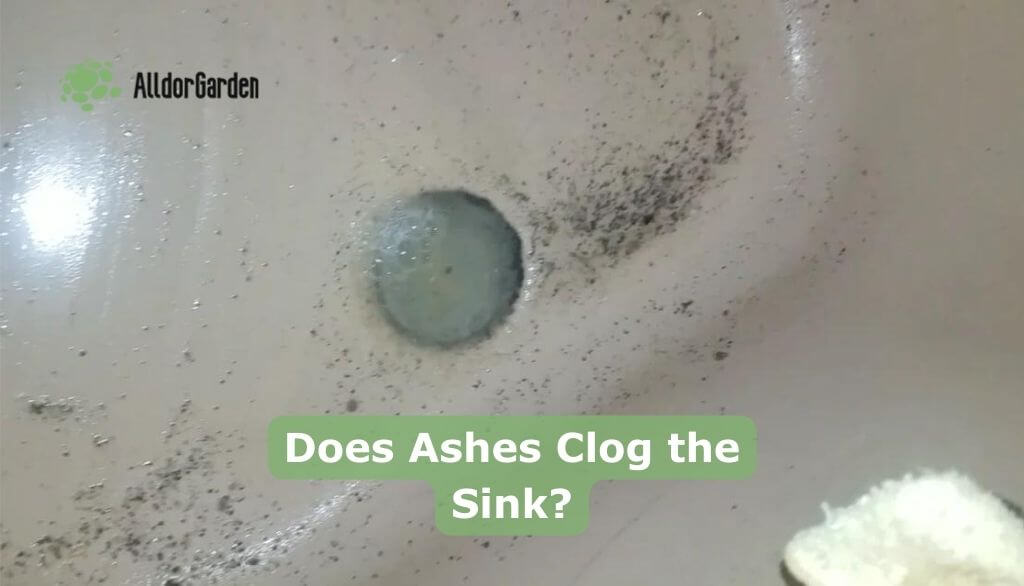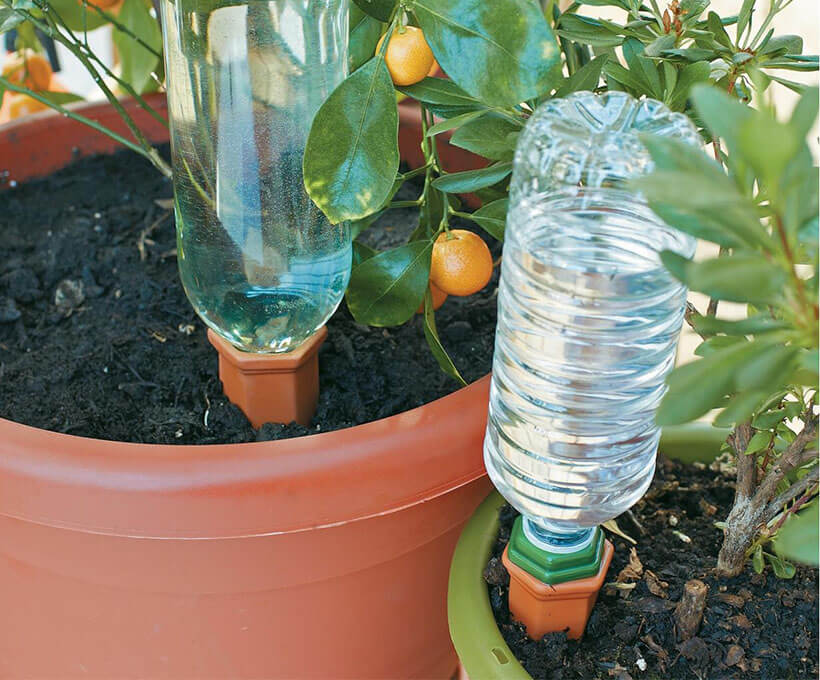Absolutely not! Putting salt on your roof to melt ice is a bad idea. While it might seem like a quick fix for those pesky ice patches, it can lead to more problems than solutions. Let’s dive into why salt isn’t the best option for your roof.
The Dangers of Using Salt
Damage to Roofing Materials
Salt can be incredibly corrosive. When you sprinkle it on your roof, it can eat away at shingles, flashing, and other materials. Over time, this leads to costly repairs and a shortened lifespan for your roof.
Environmental Concerns
Using salt can also harm the environment. When it melts the ice, that salty water runs off into your garden or nearby water sources, which can be detrimental to plants and wildlife. You wouldn’t want to be the reason your beautiful garden turns into a salt flat!
Ineffectiveness in Extreme Cold
Salt works best at temperatures above 15°F (-9°C). If it’s colder than that, the salt won’t do much good at all. So, if you’re dealing with a deep freeze, you’re better off looking for other solutions.
Alternatives to Salt
Ice Melt Products
There are plenty of commercial ice melt products available that are specifically designed for roofs. These are often less harmful to both your roof and the environment. Look for ones that are labeled as safe for roofs.
Roof Rakes
If you’ve got a heavy buildup of snow, using a roof rake can be a great way to remove it before it turns into ice. Just be careful not to damage your shingles while doing so!
Professional Help
Sometimes the best option is to call in the pros. If you’re dealing with significant ice or snow buildup, hiring a roofing contractor who specializes in winter services might save you time and money in the long run.
Summary
So there you have it! While it might seem tempting to toss some salt up there to clear off that ice, it’s just not worth the risk. From damaging your roof to harming the environment, there are far better alternatives out there.
FAQ
Can I use sand instead of salt?
Using sand can help provide traction on icy surfaces but won’t melt the ice itself. It’s a good temporary fix if you need to walk safely on your roof but won’t solve the underlying ice problem.
What should I do if my roof has too much ice?
If you find yourself with an ice dam or heavy buildup, consider calling a professional. They have tools and expertise to safely remove ice without damaging your roof.
Is there any safe way to melt ice on my roof?
Look for eco-friendly de-icing products specifically designed for roofs. These are formulated to minimize damage while effectively melting ice.
How can I prevent ice buildup on my roof?
Proper insulation and ventilation in your attic can help keep your roof cold enough to prevent melting snow from refreezing into ice. Regular maintenance is key!







